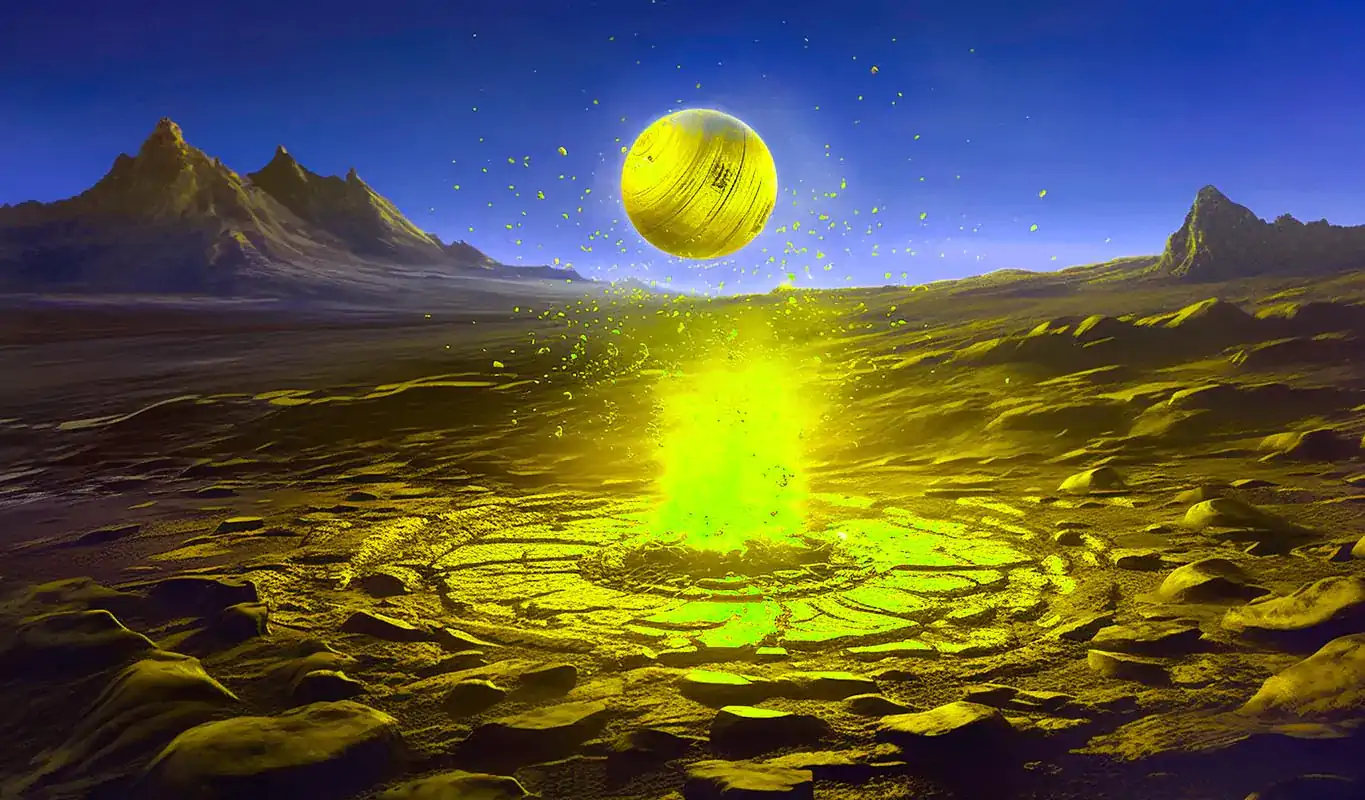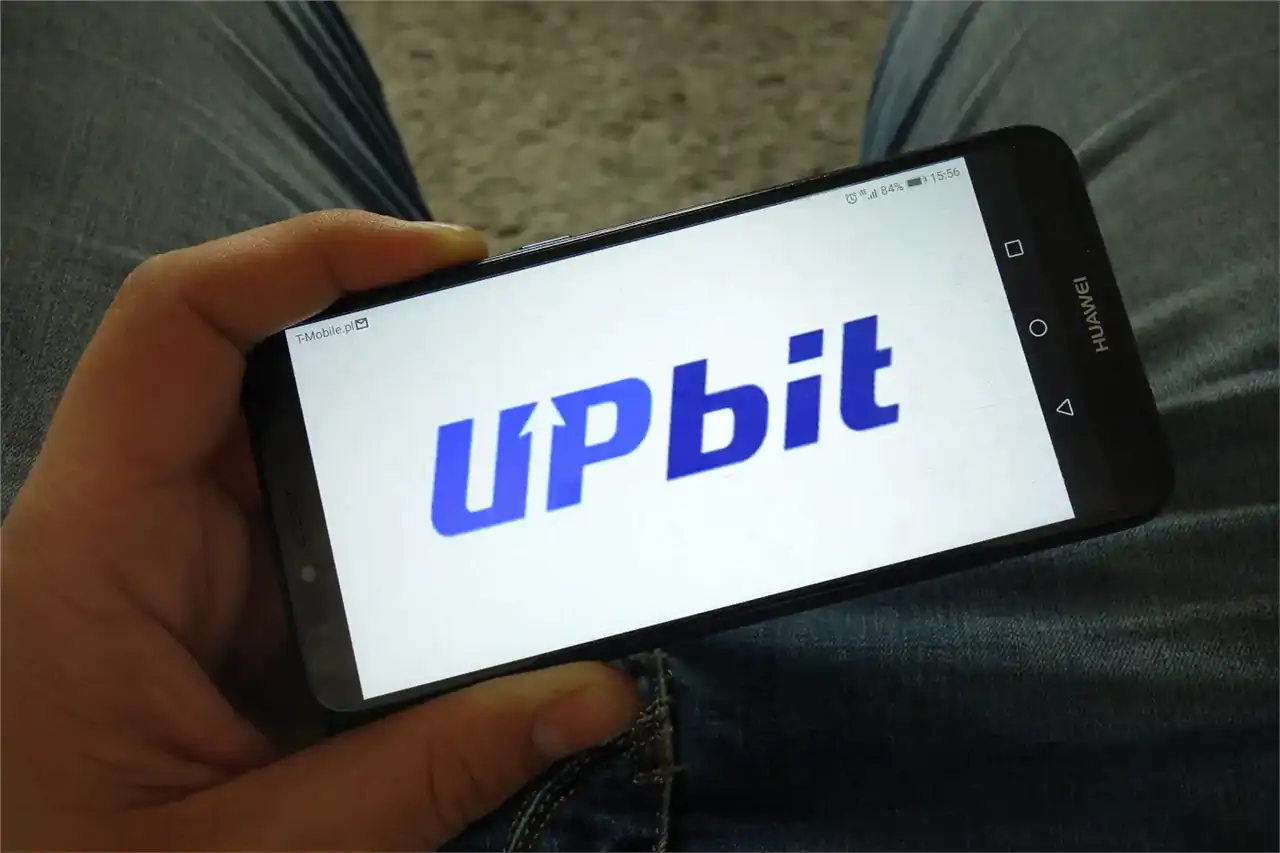Since the advent of Bitcoin, blockchain technology has also aroused more and more spotlight. However, with the increasing demand for on-chain transactions, the performance of public chain has become a bottleneck to restrain the further extension of the ecosystem, and therefore various extension schemes emerge as the times require. How to provide a secure and efficient blockchain network at a lower cost has become an issue of concern to everyone. Recently, there are a batch of high-performance public chains have been applied or will be applied.
Abstract:
- Polkadot is generally closed to ETH 2.0 and is expected to begin officially parachain slots auction soon. Polkadot can solve performance and cross-chain issues for the time being, while entry requires a threshold, which needs staking a DOT to auction parachain slot.
- Solana has more than 50,000 TPS by virtue of PoH innovation, which is enough for current blockchain applications, but the project is more centralized as well as sacrifices a part of security.
- DFINITY claims itself as an Internet computer, which has high hardware requirements for nodes; meanwhile nodes need to be staked tokens in order to generate revenue.
- Thinkium has infinite scalability through the unique design of parent-child chains, which can extend logical subchains and shardings downward. Not only is Thinkium a public chain, it also can meet the requirements of the alliance chain at the same time. The business chain can operate independently according to the business entity, providing confidentiality and other functions. It is expected to become a project to meet the commercial needs of various blockchains.
1.Polkadot
Polkadot, founded by Gavin Wood, a co-founder of Ethereum, is one of the most popular public chain projects recently. Polkadot uses a multi-chain structure that enables communication between all blockchains connected to this structure. At present, projects on Kusama, a Polkadot pioneer network, have begun crowdfunding for slot auctions.
1.1 Consensus Mechanism
Polkadot involves NPOs, babe and grandpa.
In order to stake as many tokens as possible to the network and protect the security of the network, Polkadot adopts the variant NPoS (proof of nomination rights) mechanism of PoS. Before the Polkadot parachain slot auction, some projects in Polkadot ecology also use this mechanism. Nominators can choose the node they trust to stake dot and share the node income.
The Validator is the whole node of the relay chain, which is responsible for receiving the block packed by the collector, verifying the effectiveness, and combining with the consensus algorithm to confirm the block. After the parachain is online, the Validator will be randomly assigned to different parallel chains. Babe algorithm is based on slots, and Babe will select a leader to block out in each slot time period through random function (VRF). Each node will get a value by VRF function. If the value is less than the preset threshold, the node will consider itself as the leader and start to block. Therefore, the process may have no or multiple leaders. When there is no leader, it will decide who will block in a predetermined order. When there are multiple leaders, each leader has the right to submit blocks, and the final confirmation is decided by Grandpa.
Grandpa is a recursive ancestor derived prefix protocol based on GHOST, which is responsible for block confirmation. Like other PBFT algorithms, the time complexity is O (n), but Grandpa will confirm multiple blocks each time.
1.2 Chain Structure
Polkadot includes four kinds of chains: relay chain, parachain, parallel thread and bridgechain.
Although Polkadot contains multi chain structure, the relay chain is responsible for the security of the whole network. The relay chain is the main chain of Polkadot, which is responsible for the ecological governance and security of the whole network, and realizes the cross chain communication between parachains.
The parachain is connected to the relay chain through slots to share the security of the network. The parachain can carry its own architecture and applications.
Parallel thread is similar to parachain in technology, but it does not need to participate in slot auction and pay on demand.
Bridgechain can facilitate other public chains to access Polkadot and realize heterogeneous communication.
1.3 Network
Polkadot is based on the framework of Substrate, which adopts the modular P2P network stack of bibp2p. Users can customize their own network protocol on libp2p, and the peer-to-peer network protocol connects these nodes to form a network.
1.4 Governance
Polkadot conducts governance through voting on the chain. The governance process is divided into three stages: proposal, voting and counting. The miner node can use the new proposal without restart, avoiding hard Fork. However, the actual implementation of the community user voting rate is very low.
1.5 Evaluation
Polkadot and ETH 2.0 have similarities, such as the beacon chain and the shard chain of ETH 2.0, the relay chain and the parachain of Polkadot. Both of them implement scalability through sharding and both require solving the problem of cross-sharding communication, both use PoS mechanism as well. However, they differ from some aspects, such as , each of sharding structures in ETH 2.0 is the same which is called isomorphic sharding, while Polkadot can be different, existing heterogeneous sharding. In the governance process, ETH 2.0 is still upgraded by hard forks, while Polkadot can govern on the chain.
Polkadot has also been compared to EOS, but there is a considerable difference between them. For example, Polkadot is more decentralized and has more nodes, while EOS relies on super nodes, resulting in low security as well as frequent hacker attacks and project runaways. Both have a lot of funding; Polkadot has funded hundreds of projects in the ecosystem, while Block.one itself owns a lot of bitcoin and is indifferent to ecology at all.
2.Solana
In the impossible trinity of decentralization, security, and scalability, Solana leans more toward scalability. Solana didn’t adopt the popular sharding scheme, and the dilemma of message delivering in cross-sharding communication delayed the utilization of public chains such as Polkadot. Instead, Solana has built a new blockchain protocol that encodes time into data, known as Proof-of-History.
2.1 Consensus Mechanism
The consensus mechanism used in Solana includes proof of history (POH), tower BFT and proof of replicate. POH can input the time coded sequence of events into the distributed ledger, and then use the Tower BFT consensus mechanism to confirm the consistency of POH sequence. Solana can divide blocking and verification into two different stages. One node (leader) is responsible for collecting transactions and sorting blocks, and other nodes are responsible for verification.
Based on poh, Solana does not need to communicate with each other like other blockchains to achieve consensus. POH is a set of SHA-256 verifiable delay functions (VDF) sorted by clock. Each verifier uses VDF to generate his own POH, and votes to select the unique leader, who broadcasts his own POH to the network. In sorting, each transaction needs the hash of the previous transaction, so the verifier can efficiently verify the correctness of POH without communicating with each other.
Tower BFT is a consensus algorithm similar to PBFT, which tends to be flexible rather than consistent. Before reaching a consensus, Solana can use POH as a global solution to reduce the time of consensus determination and message delivery. Without the need for messages in peer-to-peer networks, voting decisions can be made to reach a consensus.
The replication proof is based on Filecoin, which can relieve the data pressure in the network. A huge amount of data is generated in the network every year. In order not to make the data storage become the restriction of the whole node, the stored data can be downloaded from the verifier to the node network called replicator. The replicator does not participate in consensus, and uses POH to generate lightweight proof, which can save all parts of the distributed ledger, while the verifier can verify in batches.
2.2 Chain Structure
There is no structure such as sharding in Solana. Each transaction contains hash of the previous transaction, so it is similar to that each transaction is a block.
2.3 Network
Solana’s block propagation technology is called Turbine, which refers to BitTorrent’s P2P algorithm and is more structured. When the block is streamed, it is decomposed into small packets together with erasure code, and then scattered on a large group of random peers to ensure that the replication is completed in a short time and reduce the time to achieve finality.
2.4 Governance
Solana is cautious about governance on the chain. Long term governance will be carried out in Solana foundation. Governance on the chain will be an important feature that ultimately needs support.
2.5 Evaluation
Consensus innovation of Solana is so conspicuous that enables Solana to achieve more than 50,000 TPS. In order to avoid the burden carried by blockchain network data, the Proof-of-Replication in Filecoin is also adopted to reduce the requirement of full nodes.
However, the ecological construction on Solana is also relatively slow. Although a large number of projects have been planned to develop on Solana recently, Solana doesn’t support Ethereum Virtual Machine (EVM), which results in inconvenience for developers to migrate, not like BSC and HECO. Moreover, the current project owner is extremely closely related to Sam Bankman-Fried, and the assessment of the project was too expensive while getting online.
3. DFINITY
Dfinity is undoubtedly one of the best performing projects this year. When the mainnet was launched in early May this year, under the circumstance of less than 30% of tokens in circulation, the market value of DFINITY in circulation exceeded another king project——Polkadot. Dfinity was conceived in 2015 with the goal of building Internet-based computers as the infrastructure for the next generation of decentralized Internet.
3.1 Consensus Mechanism
Consensus design is a highlight of DFINITY. DFINITY adopts a four layer structure from bottom to top, involving POS, VRF, PSP and BFT.
In the identity layer, all active participants in the network need to register first. Nodes need to create public and private keys, establish anonymous permanent identity, and stake tokens.
In the random tower layer, the registered client generates random numbers through variable random function (VRF). Nodes are randomly divided into several groups, each time the next out block group is determined by a random number, and the next out block proposal node is determined by random polling within the group. Threshold BLS signature algorithm is used to reach consensus within the group. As long as the number of signatures is greater than a threshold, no matter which members in the group sign, the unique signature of the group is generated by BLS algorithm. The generated signature itself is also a random number, which is used to randomly select the production Committee of the next block among all nodes, and rank each client in the Committee.
Probabilistic slot protocol (PSP) is deployed in the blockchain layer. As long as the node does not see the notarized block in the current round, the node will continue to sign the new block proposal. This process may lead to multiple blocks in the same round. Nodes put these blocks into slots according to the weight.
The fourth notarization layer speeds up the achievement of block finality. The notarization layer is the threshold signature of a block created by the registered client. Only the notarized block can be included in the chain. Notarization process is a classic Byzantine general problem. When two or more notarized blocks appear, the chain with the largest weight is used.
It can be seen that the block production Committee elected by random number is more decentralized than the super node of EOS, but at the same time, it has higher requirements on the network. If the delay increases, the probability of fork increases.
3.2 Chain Structure
DFINITY adopts multi chain structure. Network, storage and consensus are divided by chain. With Multi Chain consensus protocol stack, it achieves scalability.
The network needs two blocks and threshold group relay to complete the final consistency, and the average confirmation time is about 7.5 seconds.
3.3 Network
Dfinity further enhances the ability of P2P network, forming a unique enhanced hybrid network (partially semi-structured, partially fully structured), which can effectively complete the information transmission between the chains while dividing the network of each chain.
The standard semi-structured network KAD algorithm needs to improve the efficiency of message broadcasting.
3.4 Governance
DFINITY has a blockchain Nervous System (BNS). All ICP holders can vote on the system upgrade, freezing of malicious accounts and other proposals.
If you are not willing to vote by yourself, you can also delegate the right to others.
3.5 Evaluation
Dfinity is more designed for the next generation of the Internet, with various conspicuous mechanism innovations, but the development is too slow to launch on the main network until recently. The ecosystem on the public chain will bring a moat to the network through the network effect. Ethereum ecology is approaching maturity, and Polkadot, Solana and other public chains are also catching up, which leads to the question of whether there is enough time to wait for Dfinity to mature.
4. Thinkium
Thinkium is a high-performance public chain uniquely designed for large-scale Internet-level applications, founded in 2017, has been launched on the mainnet at present. Thinkium integrates various Layer1 and Layer2 extension technologies through a multi-layer multi-chain public chain network to meet the different commercial application requirements of public chain and alliance chain, thus creating Web3.0 business world.
4.1 Consensus Mechanism
Thinkium uses the self-designed Master +TBFT + Siamese consensus algorithm in the four-layer system structure and consensus protocol stack.
The “task layer” adopts the master consensus algorithm, which mainly aims
to achieve the overall consensus of the entire system.It is mainly responsible for dividing requests and nodes, and assigning different requests to specific committees for processing. Nodes are randomly divided among committees to ensure that members do not collude with each other. For example, requests that require privacy protection may be assigned to specific committees.
In the second layer, “processing layer”, TBFT consensus algorithm is designed to solve the single-chain consensus problem, which needs to process the assigned requests, reaching consensus, and generate logs between the internal nodes of the committee. Because of the parallel processing in the network, the TPS of the network can reach 100000 +.
The third layer, “data layer”, designs the Siamese consensus algorithm, which mainly solves the consensus among multi-chains. The logs generated by each committee and the requested data will be aggregated according to the specific coding method to form a single log. The goal of the system is to generate a consistent log for each node. Therefore, an aggregation algorithm is required to integrate all the logs generated by the nodes in the committee and achieve a unified log. Coding methods are also required to reduce the storage on each node.
The fourth layer, “network layer”, is the basic layer that establishes the connection
among nodes and provides communication. Within the network layer, we can build a multi-layer network, creating a consensus network layer for each committee.
4.2 Chain Structure
Thinkium has designed a flat tree chain structure, named “Aplati Tree”, which can be
infinitely layered to achieve unlimited scalability.
The entire tree is divided into two layers, the main-chain layer and the subchain layer. All
the nodes are registered in the main-chain network, and assigned to their own subchain
networks. The main chain manages the logical structure of the chain, and can allow the physically unrelated subchains to logically form a parent-child relationship and share related business. Both the main-chain and subchains can act as a parent chain to create child-chains, and perform sharding. As a result, the cross-chain efficiency can be significantly improved.
4.3 Network
Thinkium network uses both structured and unstructured methods to improve efficiency. Different chain and consensus protocols use different P2P networks. Structured P2P network is used to reduce redundancy and improve network efficiency, while unstructured transmission is used to ensure the stability of transmission.
4.4 Governance
Different from other public blockchains, the proposal in Thinkium network is a transaction to be executed, which is similar to the governance of Compound and other protocols. It can greatly simplify the governance process, and does not need to vote on the same proposal repeatedly. The transaction verifies the proof of the result of the referendum. If the vote is passed, it will take effect directly after the waiting period.
4.5 Evaluation
In terms of structure, Thinkium has scalability for business applications and has set different committees to handle various types of transactions. Thinkium can be used as a public chain or alliance chain to protect user privacy. In terms of governance, Thinkium is also more convenient. Similar to Compound and other protocols, Thinkium does need neither hard forking like Ethereum, nor to be developed after voting like Polkadot, etc. Directly executable code of Thinkium can prevent errors between voting and implementation.
Conclusions
A batch of advanced high-performance public chains have been or will soon be applied. In addition to the above mentioned ones, Cardano, Algorand, etc., have far exceeded the performance of the current Ethereum, even beyond the performance of ETH 2.0. These public chains have their emphases in the initial design, and also have their advantages and disadvantages in the application. Performance will not be the main bottleneck in the short term, but how to establish the ecology expeditiously will be a problem that all ecology must contemplate.
There is no doubt that the current ecology of Ethereum is incomparable to all other public chains. If Ethereum supports EVM like BSC and HECO, it can quickly accomplish the migration of projects and users. From this point of view, Thinkium may have the advantage over them.



 BlocksInform
BlocksInform










